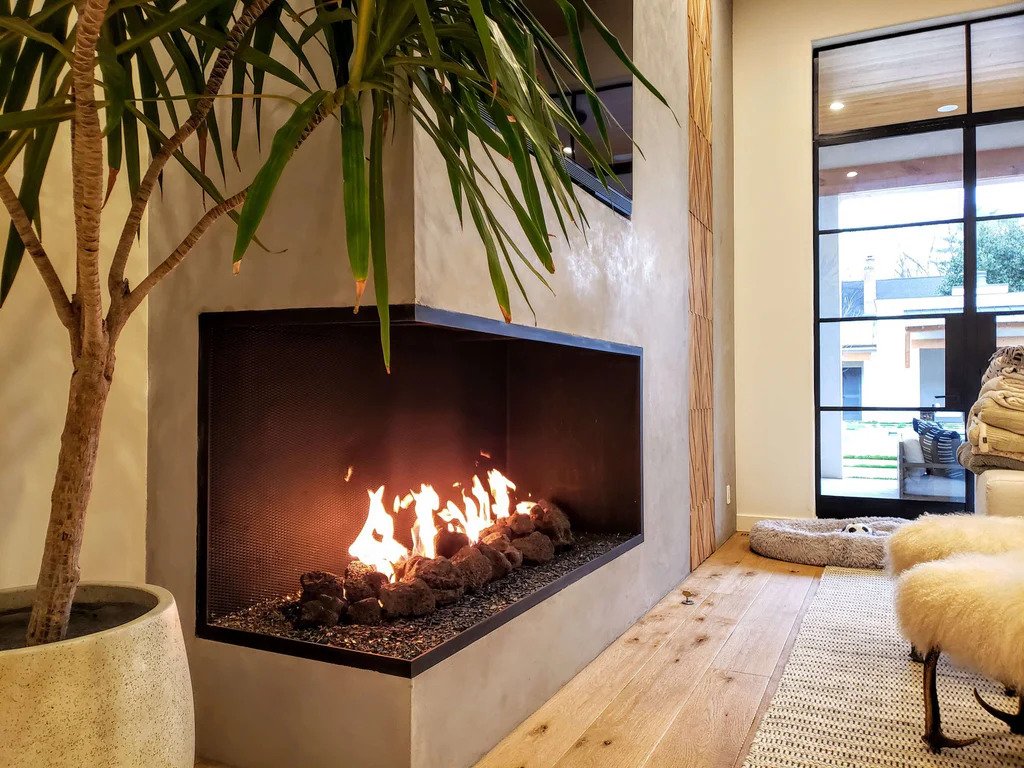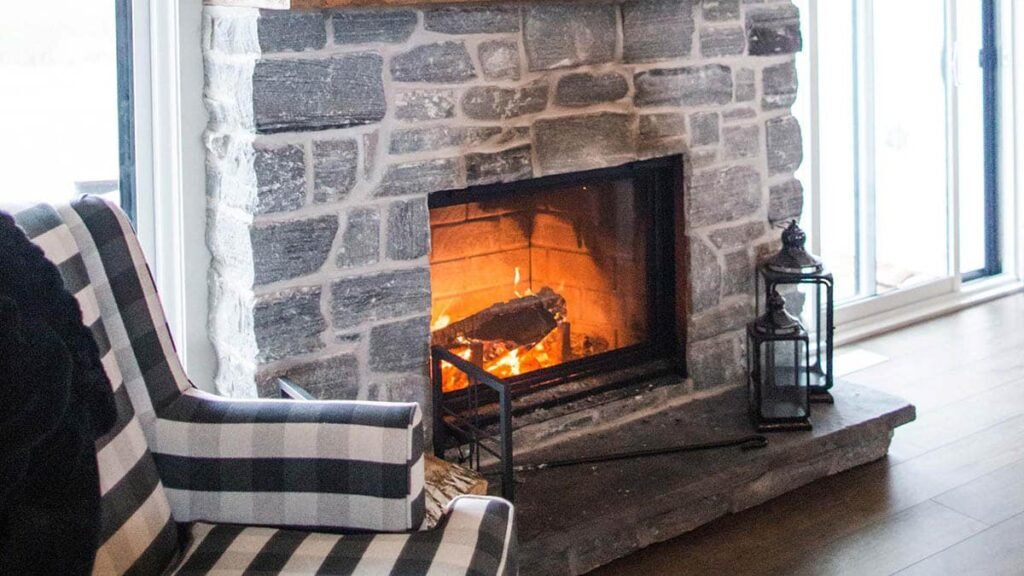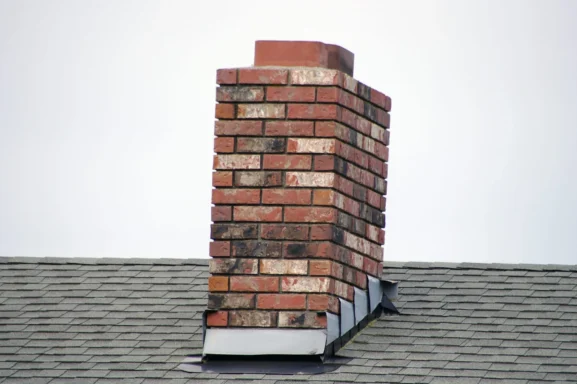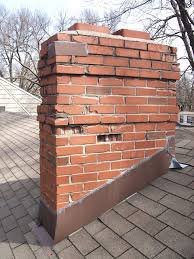Gas Fireplace Efficiency: How to Save 40% on Home Heating Costs [Complete Guide]
As winter approaches many homeowners search for efficient ways to heat their homes without very costly. Gas fireplaces have emerged as a popular choice combining the cozy ambiance of traditional fireplaces with modern energy efficiency. We’ve seen a significant shift towards these innovative heating solutions as they offer both comfort and cost-effectiveness.
We’ll explore how gas fireplaces can transform your home’s heating strategy while potentially reducing your energy bills. With efficiency ratings reaching up to 85% compared to traditional wood-burning fireplaces at just 10-30% gas fireplaces represent a smart investment for environmentally conscious homeowners. From direct-vent models to vent-free options we’ll help you understand which type might work best for your specific needs.

Key Takeaways
- Gas fireplaces offer superior energy efficiency, converting up to 90% of fuel into usable heat compared to traditional wood-burning fireplaces at 10-15% efficiency
- Modern gas fireplaces can reduce utility bills by 20-40% through zone heating capabilities and advanced features like programmable thermostats and smart home integration
- Direct vent systems, sealed combustion chambers, and heat exchanger technology are key components that maximize heating efficiency while minimizing energy waste
- Professional maintenance can improve efficiency by 25% and should be performed annually to ensure optimal performance and safety
- Gas fireplaces produce 99% fewer particulate emissions than wood-burning units, making them an environmentally responsible heating option recognized by the EPA
The Role of Gas Fireplaces in Heating
Gas fireplaces serve as efficient heating solutions, delivering up to 90% efficiency ratings in modern units. These systems combine high heating output with lower energy consumption through advanced technology and precise temperature control.
Comparing Gas and Traditional Fireplaces
Traditional wood-burning fireplaces operate at 10-15% efficiency, while gas fireplaces achieve significantly higher rates:
| Feature | Gas Fireplace | Traditional Fireplace |
|---|---|---|
| Efficiency Rating | 70-90% | 10-15% |
| Heat Loss | Minimal | Up to 90% |
| Maintenance | 1-2 times/year | 3-4 times/year |
| Fuel Cost | $0.40-0.60/hour | $0.80-1.20/hour |
Direct vent systems maximize heating efficiency through:
- Sealed combustion units that prevent indoor air loss
- Minimal heat escape through venting
- Consistent heat production with adjustable settings
Gas fireplaces enhance home heating efficiency through:
- Zone heating capabilities targeting specific areas
- Quick ignition and immediate heat delivery
- Programmable thermostat controls for temperature management
- Clean burning with 65% fewer emissions than wood
Smart integration features include:
- Remote temperature control via mobile apps
- Automated scheduling for optimal heat distribution
- Integration with whole-home automation systems
- Real-time energy consumption monitoring
The U.S. Department of Energy confirms that modern gas fireplaces offer substantial benefits:
- 20-40% reduction in utility bills through zone heating
- Zero creosote buildup requiring cleaning
- 99% fewer particulate emissions than wood fireplaces
- Qualification for energy efficiency tax credits in select states
Source: U.S. Department of Energy – Fireplace Efficiency
Note: Installation requires professional certification to ensure safe operation and maintain warranty coverage.
Understanding Energy Efficiency
Energy efficiency measures how effectively a device converts fuel into usable heat while minimizing waste. Gas fireplaces transform natural gas or propane into warmth through controlled combustion processes that maximize heat output.
What Does Energy Efficiency Mean?
Energy efficiency in gas fireplaces represents the percentage of fuel converted into usable heat for your home. A fireplace with 80% efficiency rating converts 80% of its fuel into heat while losing only 20% through the venting system.
Key components affecting efficiency:
- Sealed combustion chambers that prevent heat loss
- Direct vent systems with improved airflow control
- Insulated fireboxes that maximize heat retention
- Heat exchanger technology that captures additional warmth
- Programmable controls for optimal fuel consumption
Why is it Important?
The importance of energy efficiency in gas fireplaces extends beyond cost savings to environmental impact and home comfort. The U.S. Department of Energy reports that high-efficiency units reduce utility costs by 20-40%.
Benefits of efficient gas fireplaces:
- Lower monthly energy bills through reduced fuel consumption
- Consistent heat production with minimal temperature fluctuations
- Decreased carbon footprint from cleaner burning fuel
- Zone heating capabilities for targeted warmth
- Compatibility with smart home systems for enhanced control
| Efficiency Comparison | Heat Output | Energy Loss |
|---|---|---|
| Traditional Wood | 10-15% | 85-90% |
| Standard Gas | 70-75% | 25-30% |
| High-Efficiency Gas | 85-90% | 10-15% |
Data source: Energy.gov
The Environmental Protection Agency (EPA) recognizes gas fireplaces as a cleaner alternative to wood-burning units, producing 99% fewer particulate emissions while maintaining higher efficiency ratings. Many states offer tax incentives for installing high-efficiency models that meet specific energy performance criteria.
The Energy Efficiency of Gas Fireplaces
Gas fireplaces transform up to 90% of fuel into usable heat through advanced combustion technology. Modern units incorporate sealed combustion chambers direct vent systems to maximize heating output while minimizing energy waste.

Factors Affecting the Efficiency of Gas Fireplaces
Several key components influence a gas fireplace’s energy efficiency:
- Sealed Combustion Units: Create an airtight environment that prevents heated air from escaping through the chimney
- Direct Vent Systems: Draw outside air for combustion while expelling exhaust gases maintaining indoor air quality
- Heat Exchanger Technology: Captures additional heat from exhaust gases before venting increasing overall efficiency
- Proper Sizing: Units matched to room dimensions deliver optimal heat distribution efficiency
- Insulation Quality: Well-insulated fireboxes retain more heat reducing thermal losses
- Control Systems: Programmable thermostats smart home integration enable precise temperature management
| Component | Efficiency Impact |
|---|---|
| Sealed Combustion | 15-20% increase |
| Direct Venting | 10-15% increase |
| Heat Exchanger | 5-10% increase |
| Smart Controls | 8-12% savings |
How to Measure the Efficiency of a Gas Fireplace
Gas fireplace efficiency measurement relies on standardized testing methods:
- Annual Fuel Utilization Efficiency (AFUE)
- Measures percentage of fuel converted to usable heat
- High-efficiency models achieve 80-90% AFUE ratings
- Standard units typically range 65-75% AFUE
- Steady State Efficiency
- Evaluates performance during continuous operation
- Measures heat output versus fuel input
- Modern units maintain 75-85% steady state efficiency
- British Thermal Unit (BTU) Output
- Indicates heating capacity
- Higher BTU ratings don’t always mean better efficiency
- Optimal sizing ranges from 20000-50000 BTUs based on space
According to the Environmental Protection Agency (EPA), certified gas fireplaces demonstrate consistent performance metrics through third-party testing.
Improving the Efficiency of Gas Fireplaces
Gas fireplace efficiency increases through strategic model selection and proper maintenance practices. Energy-efficient models combined with regular upkeep maximize heating output while minimizing fuel consumption.
Selection of Energy Efficient Models
Selecting an energy-efficient gas fireplace involves evaluating key features that enhance performance:
-
Direct Vent Systems
- Sealed combustion technology with 80-90% efficiency ratings
- Dual-pipe design for fresh air intake and exhaust
- Zone heating capabilities for targeted warmth
-
Smart Control Integration
- WiFi-enabled thermostats for remote temperature adjustment
- Programmable settings for automated operation
- Real-time energy consumption monitoring
-
Heat Exchange Technology
- Secondary heat exchanger for maximum heat extraction
- Radiant heat panels for improved distribution
- Insulated fireboxes to minimize heat loss
| Feature | Efficiency Improvement |
|---|---|
| Direct Vent Systems | 15-20% |
| Smart Controls | 8-12% |
| Heat Exchangers | 10-15% |
Maintenance Tips for Higher Efficiency
Regular maintenance preserves optimal performance:
-
Monthly Tasks
- Clean glass panels to maximize radiant heat
- Inspect pilot light for proper blue flame
- Check ventilation paths for obstruction
-
Annual Professional Service
- Calibrate gas pressure settings
- Clean burner ports and elements
- Test safety systems and sensors
- Verify sealed combustion integrity
- Install fresh batteries in remote controls
- Update smart thermostat programming
- Clear exterior vent terminations
- Test carbon monoxide detectors
According to the National Fire Protection Association (NFPA), professional maintenance increases efficiency by 25% while ensuring safe operation. Professional service providers certified by the National Fireplace Institute (NFI) perform comprehensive maintenance following manufacturer specifications.
Economic and Environmental Impact of Energy Efficient Fireplaces
Energy efficient gas fireplaces deliver significant financial benefits while reducing environmental impact through lower emissions. Here’s a detailed analysis of their economic and ecological advantages.
Savings with Energy Efficient Fireplaces
Energy efficient gas fireplaces create substantial cost reductions through improved fuel usage and heating effectiveness. Here’s a breakdown of potential savings:
Annual Cost Comparison
| Heating Type | Annual Operating Cost | Energy Efficiency Rating |
|---|---|---|
| Traditional Wood Fireplace | $800-1,200 | 10-15% |
| Standard Gas Fireplace | $400-600 | 60-70% |
| High-Efficiency Gas Fireplace | $200-400 | 80-90% |
Key financial benefits include:
- Reduced utility bills by 20-40% through efficient fuel conversion
- Lower maintenance costs with no creosote removal requirements
- Energy tax credits up to $300 in qualifying states
- Decreased heating costs through programmable controls
- Zone heating capabilities reducing whole-home energy usage
Lowering Carbon Footprint with Gas Fireplaces
Gas fireplaces significantly reduce environmental impact compared to traditional wood-burning units:
| Factor | Gas Fireplace | Wood Fireplace |
|---|---|---|
| CO2 Emissions (lbs/year) | 2,000-4,000 | 4,000-8,000 |
| Particulate Matter (g/hr) | 0.1-0.3 | 2.0-7.5 |
| Efficiency Loss | 10-20% | 85-90% |
Environmental advantages include:
- 99% fewer particulate emissions than wood-burning units
- Clean burning with minimal indoor air pollution
- Sealed combustion units preventing heat loss
- Direct vent systems maximizing energy utilization
- No deforestation impact compared to wood consumption
The Environmental Protection Agency (EPA) recognizes high-efficiency gas fireplaces as an environmentally responsible heating option. Models with efficiency ratings above 80% qualify for additional environmental certifications and incentives.
Personal Stories: Homeowners Experience with Gas Fireplaces
Gas fireplaces represent a smart investment for homeowners seeking efficient and environmentally conscious heating solutions. With efficiency ratings reaching up to 90% these modern units deliver exceptional performance while minimizing energy waste and environmental impact.
We’ve seen how advanced features like sealed combustion direct venting and smart controls combine to create a heating system that’s both powerful and cost-effective. The significant reduction in utility bills and minimal maintenance requirements make gas fireplaces an attractive choice for energy-conscious homeowners.
As we move toward a more sustainable future gas fireplaces stand out as a practical solution that balances comfort efficiency and environmental responsibility. By choosing an energy-efficient gas fireplace we’re not just creating cozy spaces – we’re making a positive impact on both our wallets and the planet.
Frequently Asked Questions
How efficient are gas fireplaces compared to traditional wood-burning ones?
Gas fireplaces achieve efficiency ratings of up to 90%, while traditional wood-burning fireplaces operate at only 10-15% efficiency. This significant difference means gas fireplaces convert most of their fuel into usable heat, resulting in better heating performance and lower energy costs.
What are the main types of gas fireplaces available?
There are two main types: direct-vent and vent-free gas fireplaces. Direct-vent models use outside air for combustion and exhaust gases outdoors, while vent-free units don’t require external venting. Both types offer different installation options and efficiency levels.
How much can I save on utility bills with a gas fireplace?
According to the U.S. Department of Energy, modern gas fireplaces can reduce utility bills by 20-40%. This savings comes from their high efficiency ratings, zone heating capabilities, and smart controls that allow better temperature management.
Do gas fireplaces require professional installation?
Yes, professional installation is mandatory for gas fireplaces. This ensures safe operation, proper venting, and maintains warranty coverage. Professional installation also guarantees compliance with local building codes and safety regulations.
What maintenance is required for a gas fireplace?
Regular maintenance includes monthly cleaning of glass panels, inspecting the pilot light, and annual professional servicing. Professional maintenance should include gas pressure calibration and safety system testing. Proper maintenance can increase efficiency by up to 25%.
Are gas fireplaces environmentally friendly?
Yes, gas fireplaces produce 99% fewer particulate emissions than wood-burning fireplaces. High-efficiency models are EPA-recognized as environmentally responsible heating options and may qualify for environmental certifications and incentives.
What features improve gas fireplace efficiency?
Key efficiency features include sealed combustion chambers, direct vent systems, insulated fireboxes, heat exchanger technology, and programmable controls. Smart integration options also allow for remote temperature control and real-time energy monitoring.
Can I get tax credits for installing a gas fireplace?
Yes, many states offer tax incentives for installing high-efficiency gas fireplaces that meet specific energy performance criteria. Check with local authorities for available credits and qualifying requirements.
![Gas Fireplace Efficiency: How to Save 40% on Home Heating Costs [Complete Guide]](https://chimneyrepairhub.com/wp-content/uploads/2024/12/fireplace-featured-image-900x500.webp)

